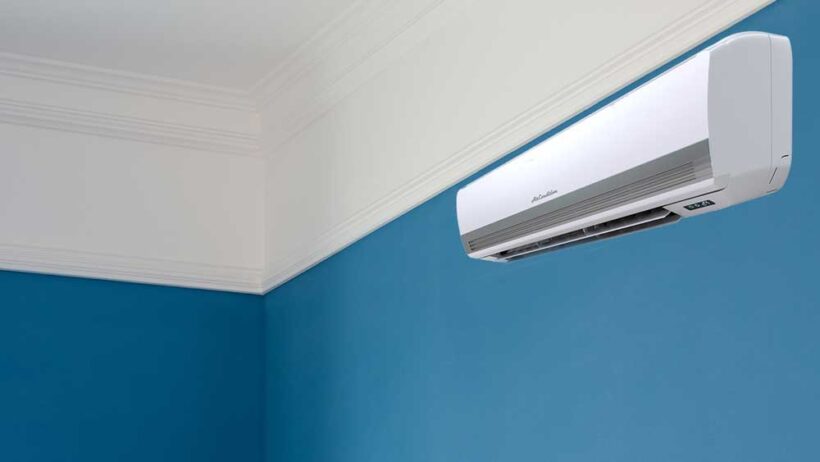Garage spaces often serve multiple functions: a haven for vehicles, a workshop for projects, and even a storage area for everything from holiday décor to gardening supplies. However, these multifunctional rooms are often neglected when it comes to climate control. Unmonitored temperatures can impact not only the comfort of the garage but also the longevity of your possessions. The need for effective climate control becomes apparent, especially in regions where extremes of heat or cold can degrade both vehicles and stored items.
Many homeowners assume that achieving a comfortable climate in their garage demands substantial financial investment. Fortunately, it is indeed feasible to create an optimal environment on a budget. Here are various prudent approaches to climate control in your garage, designed for those who seek efficiency without extravagance.
1. Insulation: The Unsung Hero
The cornerstone of any climate control effort is insulation. A well-insulated garage retains heat in the winter and keeps it cool during the summer. For those on a tight budget, focusing on key areas can yield significant results. Start with insulating the garage doors, as they are often a major culprit of temperature fluctuations. Consider using insulating panels or radiant foil. Moreover, sealing cracks and gaps in walls and around windows can prevent drafts, which not only contribute to temperature variance but also boost energy bills.
2. Ventilation: Airflow Matters
Proper ventilation is essential. It tackles humidity, which can lead to mold and mildew—issues that can damage both the structure and your belongings. One cost-effective method involves installing vents that allow for air exchange without significant modifications to the garage. Ceiling fans can also circulate air and create a pleasant working environment during the warmer months. Natural ventilation, achieved through open windows and strategic placement of exhaust fans, can suffice in maintaining a balanced indoor atmosphere.
3. Portable Solutions: Flexibility at Low Cost
If your garage is utilized sporadically, portable heating and cooling units are especially attractive. Space heaters can provide warmth during those occasional chilly days without the need for permanent installations. Conversely, portable air conditioning units can mitigate heat in the summer months. Investing in energy-efficient options may have a higher upfront cost but will save money in energy bills over time.
4. Evaporative Coolers: Climate-Friendly Cooling
In areas with low humidity, evaporative coolers serve as economical cooling solutions. Utilizing water to cool the air, they require significantly less energy than traditional air conditioning systems. These units can be set up easily and are less expensive to operate, making them an excellent choice for environmentally conscious homeowners. They provide effective cooling while reducing reliance on fossil fuels and lowering greenhouse gas emissions.
5. Thermal Mass Strategies: Nature’s Way of Keeping Cool
Another economical approach involves harnessing thermal mass. Materials such as concrete or brick can absorb heat during the day and release it during the cooler night hours. By maximizing the thermal mass in your garage—through flooring or walls—you can create a more stable temperature without heavy reliance on mechanical systems. This technique aligns well with the principles of passive solar design, fostering both budgetary and environmental benefits.
6. Green Landscaping: External Factors
The landscape surrounding your garage also has a noteworthy impact on climate control. Strategic planting of trees or shrubs can provide natural shade, reducing the temperature of the garage during peak sunlight hours. Furthermore, reflective surfaces or light-colored exteriors can minimize heat absorption, which will not only lessen cooling demands but also enhance the energy efficiency of the structure.
7. DIY Projects: Utilize Your Skills
Capitalize on your own capabilities by implementing do-it-yourself projects that enhance climate control. For instance, constructing a simple thermal barrier or creating window coverings can significantly impact temperature regulation. Also, using power efficiency monitors can help to identify any additional areas where your energy use could be optimized. Such projects can be both fulfilling and financially viable, as they often cost less than purchased solutions.
8. Community Resources: Leverage Local Initiatives
Engaging with local community programs can yield additional resources and solutions. Many municipalities offer grants, workshops, or rebates for energy-efficient home improvements. By taking advantage of these programs, residents can significantly mitigate the costs associated with climate control upgrades, allowing for a more comprehensive approach to managing their garage environment.
9. Regular Maintenance: The Key to Longevity
Finally, a critical yet often overlooked aspect of climate control is regular maintenance. Consistently checking insulation, sealing gaps, and ensuring that all climate control systems are functioning to their standards is paramount. This proactive approach prevents costly repairs down the line and improves the overall efficiency of your climate control efforts.
In conclusion, effective climate control in your garage need not be a financially burdensome undertaking. Through intelligent planning and a commitment to maximizing existing resources, it is wholly possible to create a comfortable and controlled environment that prolongs the life of your possessions and enhances overall functionality. Investing time and effort into these strategies reflects a holistic approach to home maintenance that pays dividends for both the wallet and the environment.







